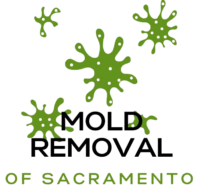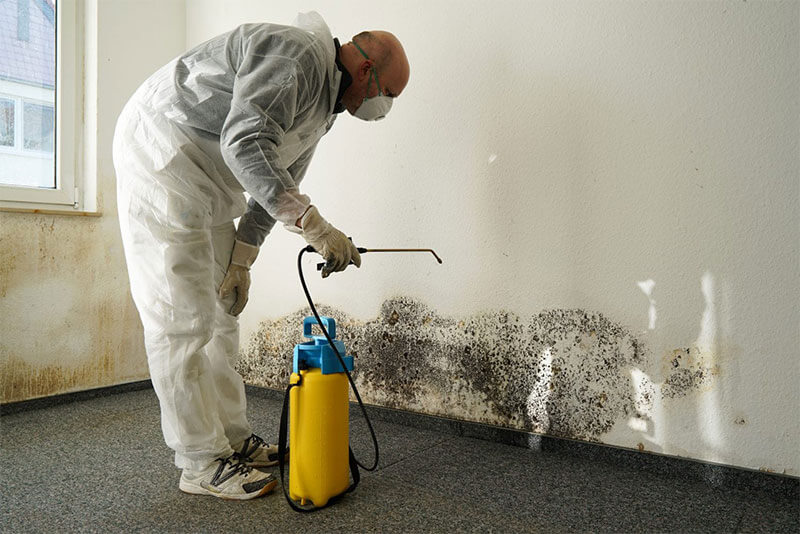Mold is a common problem that can affect homes and buildings, leading to health issues and property damage. Different types of mold exist, each with its own characteristics and potential risks. In this guide, we will explore mold removal and remediation for specific types of mold, emphasizing the importance of professional intervention.
Understanding Mold Types:
Before delving into mold removal and remediation, it’s crucial to recognize that not all molds are the same. Some common types of indoor mold include:
- Stachybotrys Chartarum (Black Mold): This mold is infamous for its dark, slimy appearance. It can produce mycotoxins that may cause health issues in humans.
- Penicillium: Often found on water-damaged materials, Penicillium molds can cause respiratory problems and allergies.
- Aspergillus: Aspergillus molds are widespread and can cause lung infections and allergic reactions, especially in people with compromised immune systems.
- Cladosporium: Cladosporium molds are commonly found in bathrooms and can trigger respiratory symptoms and skin issues.
- Alternaria: Alternaria molds are known allergens and can exacerbate asthma and hay fever symptoms.
Why Professional Mold Removal Matters:
- Accurate Identification: Different types of mold require specific treatment methods. Professionals can accurately identify the mold type affecting your property.
- Customized Remediation: Professionals tailor their remediation techniques to the specific mold type, ensuring effective removal and prevention of future growth.
- Safety Measures: Mold removal can release spores into the air, posing health risks. Professionals follow strict safety protocols to protect occupants and workers during the removal process.
Mold Removal for Specific Mold Types:
- Stachybotrys Chartarum (Black Mold):
- Professional Assessment: An initial assessment is crucial to identifying the extent of the infestation and ensuring appropriate safety measures.
- Containment: Professionals establish containment barriers to prevent the spread of black mold spores.
- Removal: The removal process involves safely removing contaminated materials, such as drywall and insulation, and thorough cleaning with specialized cleaning agents.
- Prevention: Professionals implement moisture control measures to prevent future black mold growth.
- Penicillium:
- Identification: Accurate identification of Penicillium species is essential for targeted remediation.
- Containment: Similar to black mold, containment measures are established to prevent spore spread.
- Removal: Professionals remove affected materials and clean surfaces with appropriate disinfectants.
- Prevention: Addressing moisture issues is crucial for preventing Penicillium mold growth.
- Aspergillus:
- Evaluation: A thorough evaluation of the property is conducted to identify sources of moisture that may be supporting Aspergillus growth.
- Containment: Containment barriers are used during removal to minimize spore dispersal.
- Removal: Affected materials are removed, and surfaces are cleaned and treated to inhibit further growth.
- Prevention: Moisture control is key to preventing Aspergillus mold recurrence.
- Cladosporium:
- Assessment: Identifying the source of moisture and the extent of infestation is the first step.
- Containment: Containment measures are put in place to protect occupants and workers.
- Removal: Affected materials are removed, and thorough cleaning is conducted.
- Prevention: Eliminating moisture sources and maintaining proper ventilation can prevent Cladosporium growth.
- Alternaria:
- Inspection: Professionals conduct a thorough inspection to locate moisture sources.
- Containment: Containment barriers prevent spore dispersal during removal.
- Removal: Affected materials are removed, and surfaces are cleaned.
- Prevention: Moisture control is vital for preventing Alternaria mold recurrence.
Why Professional Intervention is Essential:
While DIY mold removal solutions exist, they often fall short for several reasons:
- Health Risks: Mold removal can release spores into the air, which can be harmful when inhaled. Professionals take necessary precautions to protect everyone involved.
- Accuracy: Accurate identification of the mold type is crucial for effective removal. DIY testing kits may not provide accurate results.
- Effective Products: Professionals have access to specialized products and equipment for mold removal that may not be available to homeowners.
- Prevention: Professionals focus on preventing future mold growth, whereas DIY solutions often only address immediate symptoms.
In conclusion, mold removal and remediation for specific types of mold require a tailored approach to ensure effective removal and prevention. Trusting professionals with the expertise to diagnose, treat, and prevent mold infestations ensures the safety and long-term health of your property. When it comes to mold, don’t leave anything to chance—choose safety, reliability, and expertise for a mold-free environment.
Mold Remediation Sacramento https://www.moldremediationsacramentoca.com

